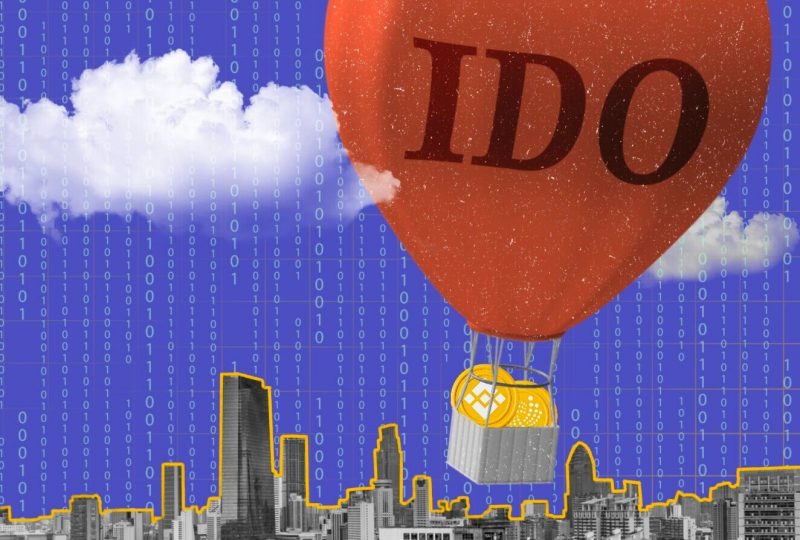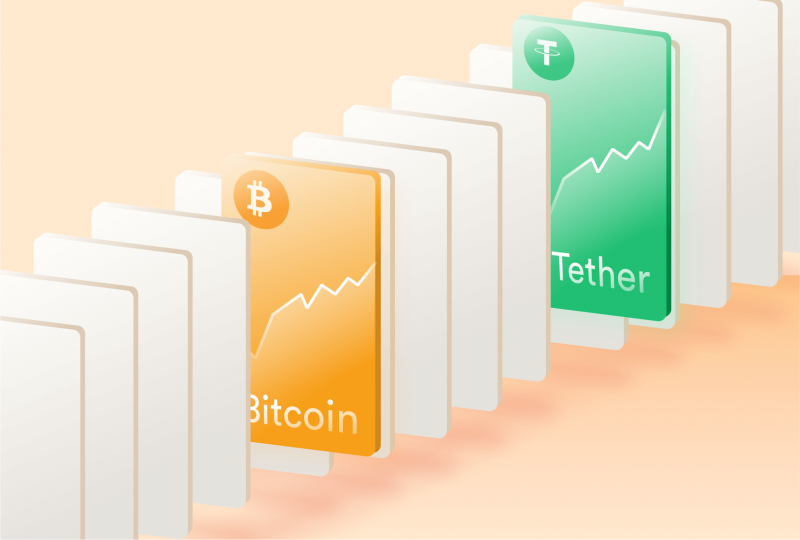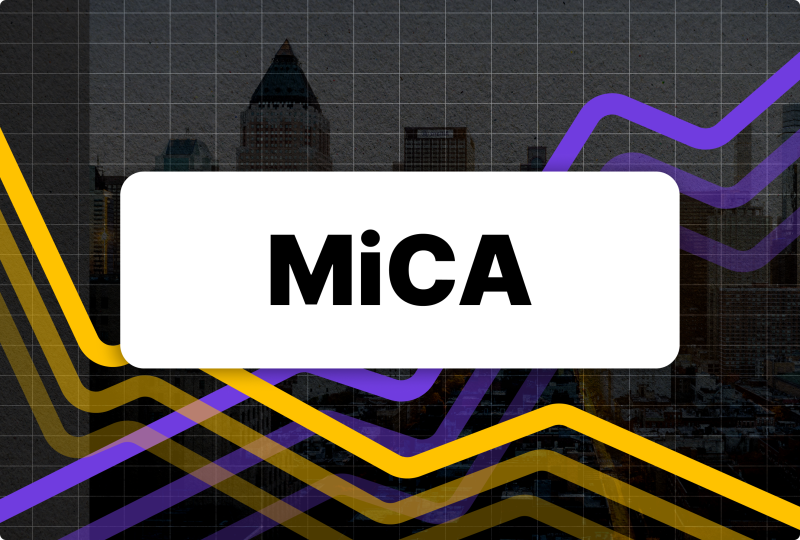What is Initial DEX Offering (IDO)?
Jan 25, 2022

The creation of the initial DEX offering (IDO), one of various unique means of fundraising, is a result of the maturity of the cryptocurrency market as a whole. A considerable deal of controversy surrounded initial coin offerings (ICOs), the first way to raise money using cryptocurrencies, in 2017. Several early investors became billionaires in a matter of days as a result.
So, what exactly is an ICO, or initial coin offering? To put it simply, an ICO is an unregulated technique of crowdsourcing money from the general public. The main drawbacks of ICOs were the absence of regulation and protection for investors. Project teams had no duty to undertake due diligence since there were no control measures in place.
Almost all ICOs promised high profits, and several did deliver on those promises. Many ICOs have turned out to be hurried money grabs or worse, outright scams, according to the available evidence. Additionally, they tarnished the reputation of the bitcoin industry, which deterred many potential investors.
In an effort to solve this problem, DeFi (Decentralized Finance) utilizes alternative methods of gathering funds. There are a number of ways to do this, including the DEX model. An alternate, more fair crowdfunding method is provided by DEXs for bitcoin investors.
What is the Initial Dex Offering (IDO)?

IDO is a crowdsale approach in which the crowdsale is mediated by a decentralized exchange that employs liquidity providers and liquidity pools and allows traders to easily and quickly acquire fresh tokens on the decentralized exchange. Liquidity pools are trading pairs of common cryptocurrencies and stable coins, such as USDT/ETH, in the cryptocurrency and stable coin markets. These exchanges enable users to immediately convert between crypto-assets and stablecoins based on market circumstances. Furthermore, because the volatility of stablecoins is so low, the risk of losing one's investment as a result of the cryptocurrency market's extreme volatility is considerably decreased.
At the same time, as is the case with initial coin offerings, IDOs have minimum prerequisites for investors and developers to participate (often there are none at all). As a result, this kind of financing has grown increasingly popular among DeFi initiatives in the year 2020. Undeniably, unless the regulatory authorities intervene once again, IDO is set to become a new trend in the bitcoin industry.
How Does the Initial DEX Offering Work?
Consider how to generate an IDO for your token. Entrepreneurs interested in making their tokens tradeable must first submit their proposal to the launchpad or a platform specializing in IDO Service. The project draws investors and potential traders who acquire tokens during the pre-IDO period, prior to their availability on the DEX, if the project looks to be profitable.
Traders acting as token sellers have two options for allowing applicants to purchase their crypto tokens:
By setting a fixed price for the crypto token that changes only when demand increases and the price increases;
Or by organizing an auction in which the price is dynamically determined by supply and interest or demand fluctuations.
As soon as the IDO and Token Generation Event (TGE) are successfully completed, the token is listed on the DEX and made available for trade. The listing is accomplished through the use of an automated market maker (AMM).
Additionally, pre-IDO platform crypto token sales are sometimes handled on a lottery basis, with various participants staking their funds or assets and engaging in a lottery to determine whether or not they will win some cryptocurrency at the conclusion.
Why Do We Need IDOs?
Following the rise in popularity of initial coin offerings and token sales in 2017, which generated an estimated $4.9 billion in revenue by year's end, various enterprises turned to the blockchain for solutions in 2017. While some ICOs have been successful, many more have been a failure. It's tough to overlook the fact that ICOs have significant limitations, including the fact that they are centralized and unstable. Furthermore, third-party discrimination, vulnerability to theft and human error, and a lack of privacy are all significant drawbacks of initial coin offerings.
Because of the decentralized nature of IDOs, this new fundraising technique attempts to overcome the drawbacks of initial coin offerings (ICOs) while also boosting the possibilities of the cryptocurrency industry. Businesses may be able to develop a blockchain product that is impervious to malicious third-party influencers and devoid of hacker and human error risks by employing IDOs to raise funds through crowdfunding. Furthermore, the money of token purchasers and holders is immediately secured in their wallets and private keys.
What Distinguishes IDO from IEO/ICO/STO?
Fundraising or crowdsourcing using IDO development is a more sophisticated and user-friendly technique than the traditional methods. With the exception of the exchange platform that hosts the fundraising process, the initial exchange offering (IEO) and initial DEX offering (IDO) solutions are largely synonymous.
In the event of an initial coin offering (ICO), like with the difference between a centralized and decentralized exchange, a single project assumes all responsibility for overseeing and managing transactions and operations on a private trading platform. However, with an IEO, the ICO is hosted inside by a controlled exchange. IDO is a hybrid of a coin offering and an exchange offering, but without the centralized exchange platform.
The IDO has a substantial advantage over the IEO in that the latter anticipates paying exchange fees that will increase as the market grows, but an Initial DEX offering does not require authorization from any third-party authority. Even when working with a varied collection of investors, decentralized methods are the key to achieving success. These choices open up new possibilities.
The Advantages of IDOs

Those that use IDO crypto platforms will undoubtedly profit from a number of indisputable perks associated with this funding technique. Experts highlight the following strengths of the Initial DEX Offering service:
Cost-effectiveness
Due to the fact that decentralized crypto exchange does not charge customers. DEXs are governed by smart contracts, both users and IDO crypto platform creators may profit from IDOs' cheaper cost when compared to conventional types of crowdfunding. The only price is the tiny gas fee associated with direct peer-to-peer transactions, which is often less than 0.3 percent.
Simple to launch
Rather than developing a massive marketing campaign and coordinating all the technical details, organizers of IDO Exchange Development may see their currency begin trading on the exchange on the very first day of the project's introduction. If the trading platform has a huge liquidity pool and a large user base, the value of the crypto coin may rapidly climb as users seek to profit from its popularity.
Liquidity pools
The amount of money raised through initial coin offerings is contingent upon the marketing campaign's effectiveness and the number of investors participating. However, during an Initial DEX Offering, the token's owner gains access to the operating exchange platform's existing user database and liquidity pool, enhancing their chances of their crypto token being actively traded and gaining in value.
Transactions that are transparent and trustworthy
IDOs guarantee complete security and transparency of operations to both token owners and exchange users. The former have their coins exchanged openly, whilst the latter retain complete control over their assets and finances. By verifying IDOs prior to their introduction, the decentralized exchange removes the danger of false tokens, frauds, or other fraudulent actions.
Superior Security
DO index platforms provide greater anonymity to token purchasers by eliminating the need to comply with KYC/AML standards for user identity verification. Additionally, traders are not required to transfer funds to a wallet, allowing them to retain complete control of their holdings. As a result of this fundraising organization, consumers benefit from increased transaction security.
Conclusion
IDOs have swiftly developed as a popular fundraising technique for many new ventures in the bitcoin market due to their mix of ease-of-use, affordability, and accessibility. However, token offerings have become a lucrative business in and of themselves. Decentralized Liquidity Exchange participants are more likely to be protected against scams than those who join directly in projects. Nevertheless, success in an IDO depends on picking the right project. The easiest way to do this is to learn cryptography in an old-fashioned way.




